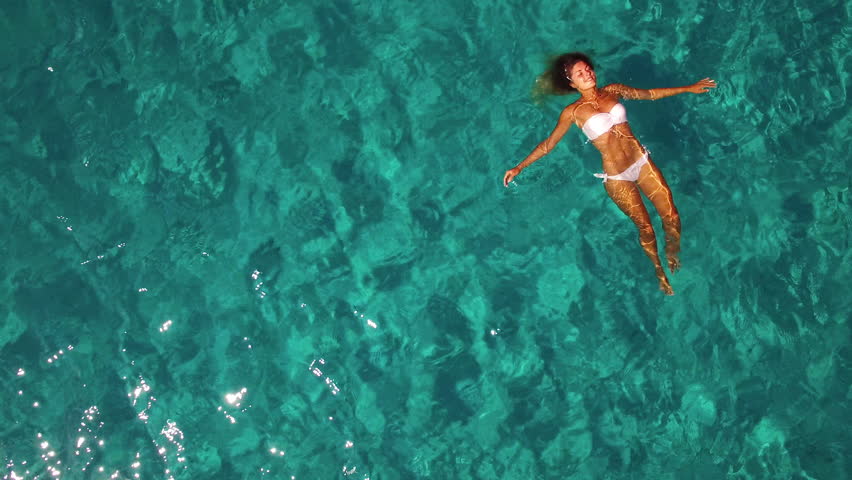

But, scratching till you bleed is never a good idea. Swimmer’s itch isn’t contagious, so you can’t spread it to others or to other places on yourself. The bumps will disappear in a few days and applying an antihistamine cream like you would to treat poison ivy or mosquito bites will help relieve the itch. If you do come down with “the itch”, don’t panic. So, a good way to avoid getting a bad case of swimmer’s itch is to always towel off well and quickly when you get out of the lake (be sure to dry underneath waistbands and around leg openings of swimming suits).
#SWIMMERS ITCH OCEAN SKIN#
That’s because the parasite doesn’t really want to infect you, but as your skin is drying they’ve got to go somewhere and the last spot of wet skin is at the edge of your bathing suit. These welts can be confused with mosquito or chigger bites, but as mentioned above, they often occur along a line at the border of your swimming suit. But, they may try to burrow into your skin and when they die (I know, YUCK!), they can produce a nasty welt, depending on how your body reacts. Fortunately, they can’t infect you (humans aren’t a “competent” host). If you are swimming in an area where snails are shedding the parasite’s “cercaria” (pronounced SIR-CARE-E-AH), these tiny cercariae can get on you. Here’s where the problem for people comes in. The first larval stage (miracidium) infects a snail, where it then matures into a second larval stage that seeks to infect a bird (or occasionally a rodent). The parasite matures in a bird (its final host), which then sheds the p arasite’s eggs into the water (you can guess how that happens). As the diagram to the right shows, the life cycle of this flatworm is complex (like most parasites), with an intermediate and final host. Those red welts are caused by the larvae of a flatworm parasite whose adult stage lives in ducks and other waterfowl (the parasite does not live in people, so don’t worry about that). To understand why, you need to know a little bit about what causes swimmer’s itch. Often the welts appear in a line near the waistband or straps on your bathing suit and there’s a good reason for that.
#SWIMMERS ITCH OCEAN SERIES#
As the picture to the right shows, swimmer’s itch appears as a series of red welts that itch like mosquito bites.

Swimmers itch is a problem in many Michigan lakes in the summer and it is definitely painful (but not dangerous). Fortunately, there seem to be few reported cases of swimmer’s itch in Gull Lake these days, but I remember well when our sons were little how they would occasionally get it when swimming at the pagoda at the Biological Station.


 0 kommentar(er)
0 kommentar(er)
